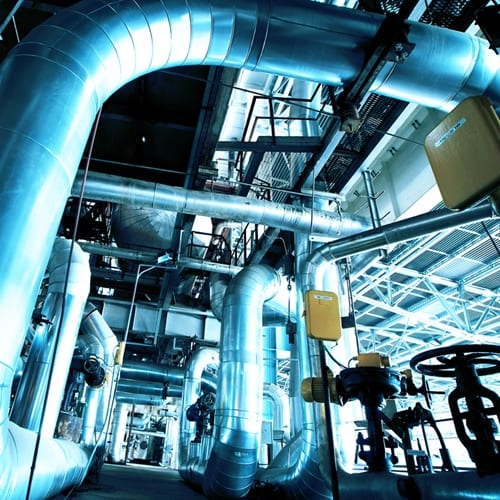It's not surprising that work at a nuclear power site requires special precautions. Because of the amount of preparation needed to even begin these jobs, contractors will probably have to take part in several safety meetings and fill out paperwork before the crew arrives onsite. All the same, there are regulations and best practices to remember for keeping divers safe and comfortable on the job.
In some ways, working in a nuclear plant can actually be less risky than other jobs. As a Divers Institute of Technology article from last year put it, "safety is built into the very air you breathe inside a nuclear power plant."
Workers at these plants are going to be very aware of proper protocols, and radiation exposure is constantly monitored. On top of that, divers will probably be less exposed than others to harmful radiation due to the protective power of water. And working with divers is obviously cost-beneficial to the plants themselves, who can hire maintenance workers without having to drain tanks.
Still, there's an immense need for caution. As far as clothing and equipment goes, a chief concern is keeping the diver cool in hot temperatures. Dryden Diving Co. Inc. CEO Don Dryden recently explained their standard nuclear outfits to Underwater Magazine.
"A chief concern for nuclear plant divers is keeping the diver cool in hot temperatures."
"When working in radioactively contaminated water, we utilize a modified Divex AH5 mated to a vulcanized rubber suit with no neck dam and replaceable cuffs," he said. "This gives us 'air conditioning' for our divers, who are often diving in water just under 100 degrees Fahrenheit."
Although he added that his company employs three different suits to give each diver the support they need, Dryden also clarified that they use the same equipment for jobs in both contaminated and uncontaminated water.
Commercial diving contractors may need to revisit their coverage options and improve them with help from an industry expert.

